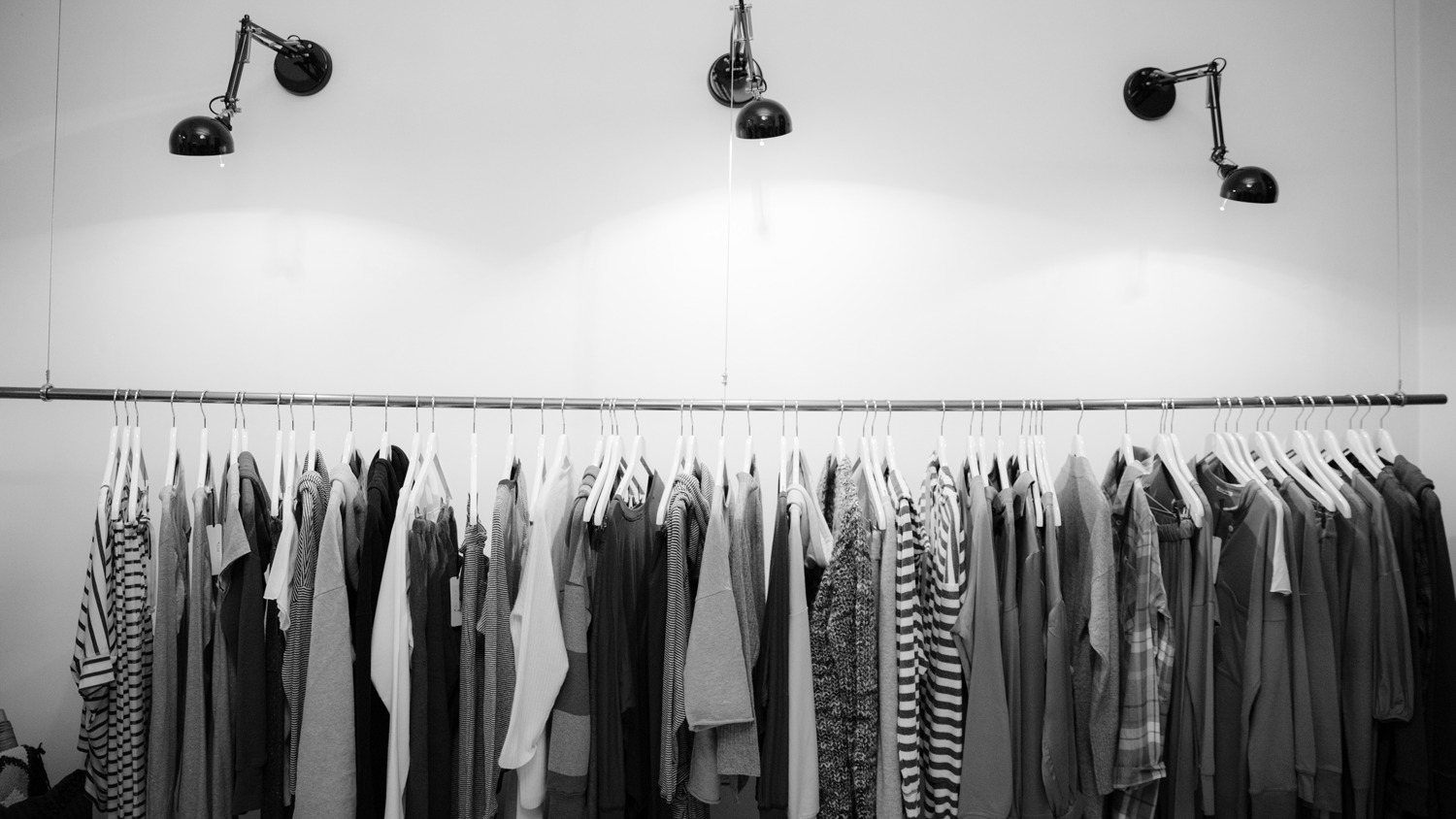“But I have nothing to wear!” is a problem, and often an ill-conceived one, that almost everyone has faced at one point or another. Let’s find out what to do when this problem arises and how to manage it in a sustainable way.
Nowadays, the consumer culture is no longer based on need, but most of the time the purchase takes place when something is discounted or looks cool at first glance. On the other hand, the consumer is pressured by the world of fast fashion (obviously not a sustainable option), where one could say about every new fad: fashionable today, not tomorrow. In this way, clothes pile up in such quantities that, figuratively speaking, different combinations could be worn for many years and nothing would be repeated.
But what to do when the closet doors no longer close but there is still nothing to wear?
What clothes do I need at all?
Before blindly throwing away an arbitrary amount of clothes, a good inspection of the wardrobe is useful. A good way to distinguish what is necessary and what is unnecessary is to turn all the hangers in the closet or rod upside down, and after wearing the item of clothing, turn the corresponding hanger back the right way again. After a while, the clothes you no longer need are still upside down on the hangers. Simple!
The “maybe box” works in a similar way, where you should put all the clothes you doubt you need and after a certain time get rid of the clothes you don’t need.
There may also be situations where a particular item of clothing is only needed once or twice, in which case the only correct approach is to seek help from friends and acquaintances and, if necessary, also from costume or dress rentals. This way we can avoid the situation where we all have a dinosaur costume in the closet that will probably stay there forever collecting dust!
Sustainable choices: what do I do with the clothes I don’t need anymore?
Nowadays, a gratifyingly large number of people are aware of the impact of the fast fashion industry on the environment, and thanks to this, recycling clothes has become more and more popular. Just as easy as buying clothes from a thrift store is selling them.
Flea market is no longer just a market for random clothes – so many second-round stores have also created online platforms for themselves. We have Yaga (an online marketplace for preloved fashion), Paavli triftshop at Kopli and Basaar at Baltic Station Market.
Dear Estonians, calculate how much your stalled clothes can be worth at Yaga here: https://shop.yaga.ee/kalkulaator
If the goal is not to earn income from the sale of clothes, the easiest way is to offer the remaining clothes to friends, family and acquaintances, or to take decent things to the collection points (another example: Uuskasutuskeskus).
How to avoid buying on emotion?
If at one point only the clothes that are really needed are left in the closet, it is important to maintain the achieved situation for a longer time. The biggest threat to losing a well-thought-out system is emotional shopping. In order to pull the brakes at the right moment when piling up new clothes in the store, it may be enough to think carefully – does it match with something I already have? Where would I go with this?
In reality, it also helps to convert the prices into working hours, i.e. how long would I have to work to buy it? Here, of course, desires and needs also come into play and the priorities that depend on them, but despite this, considered decisions are more sustainable in every way.
***
Big changes start with small steps, and it is enough to start by observing and analyzing your own choices – everyone reaches the set goals in their own way. It is important to remember that you are helping yourself and the planet!
Text by Päike Triinu Tamm

